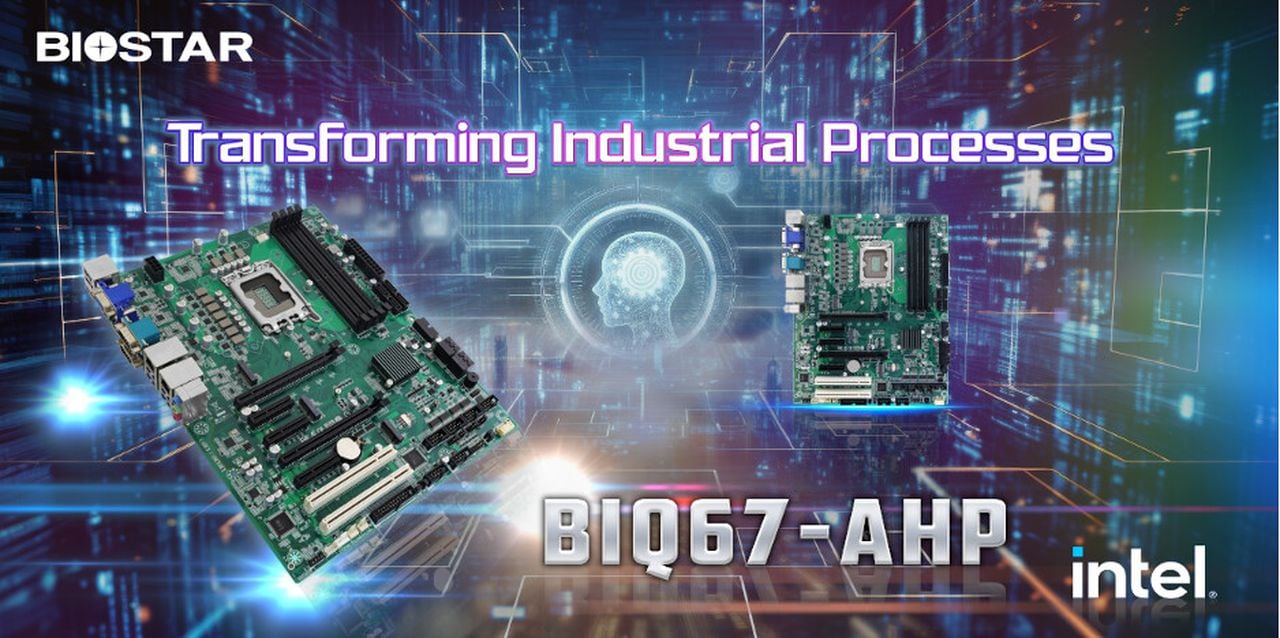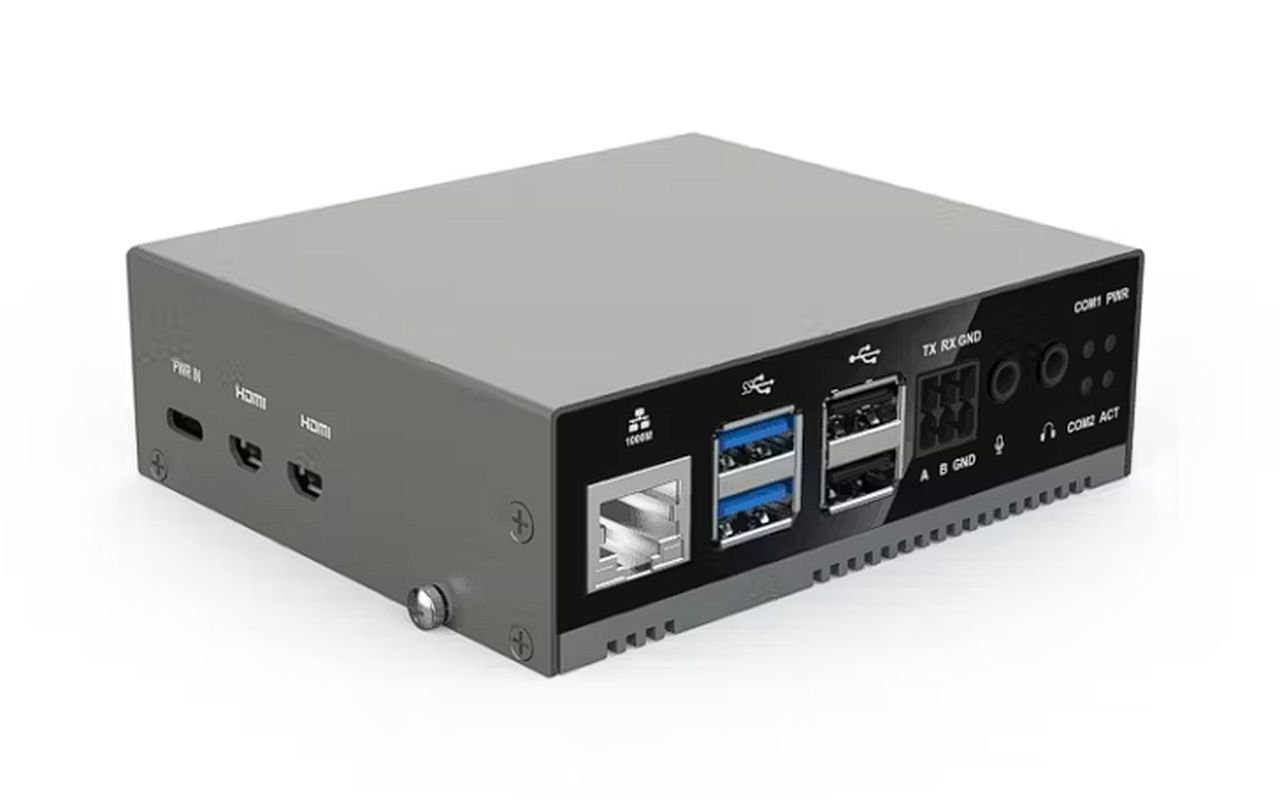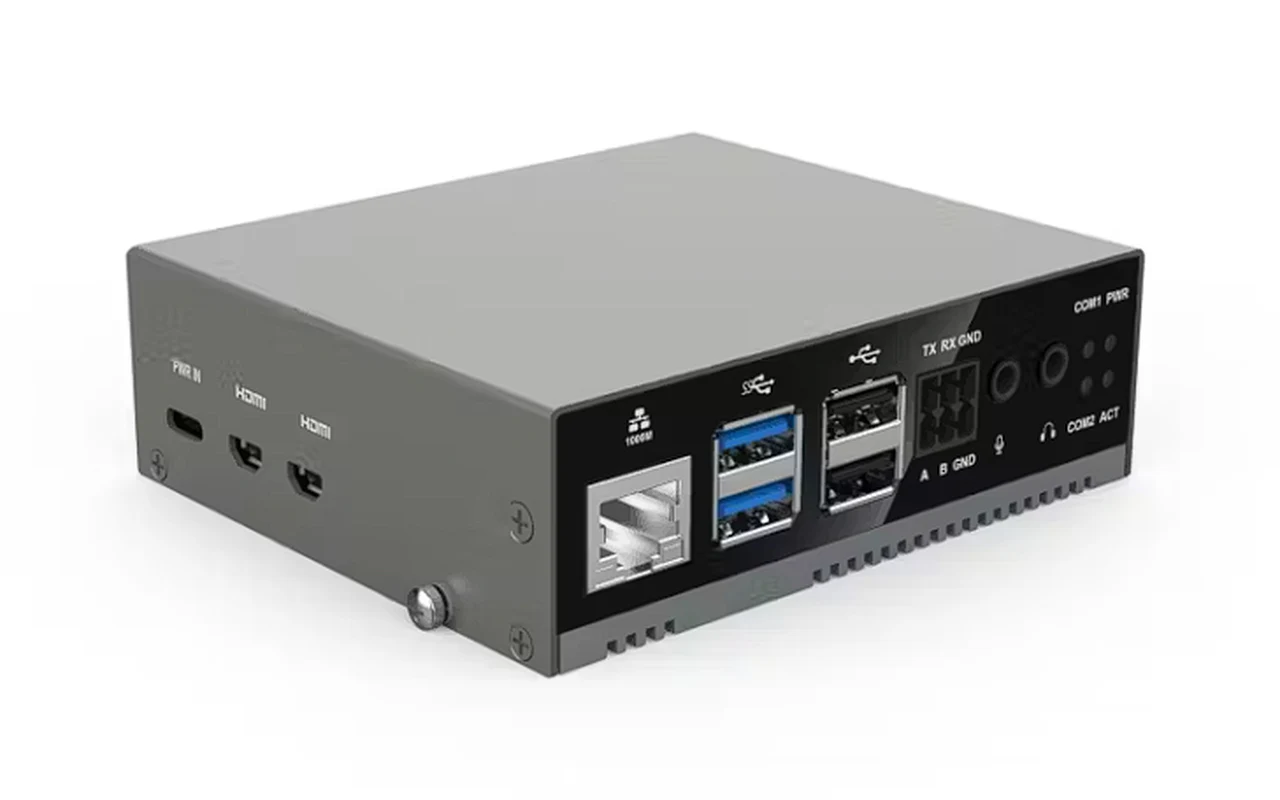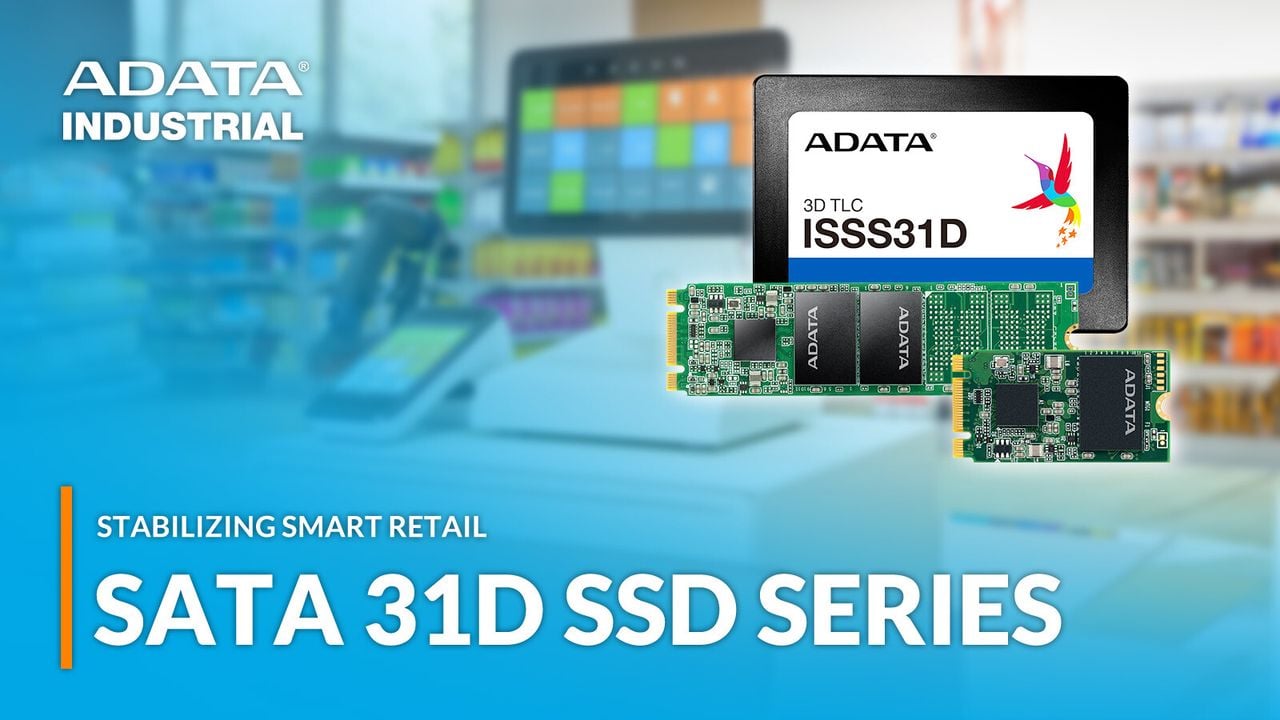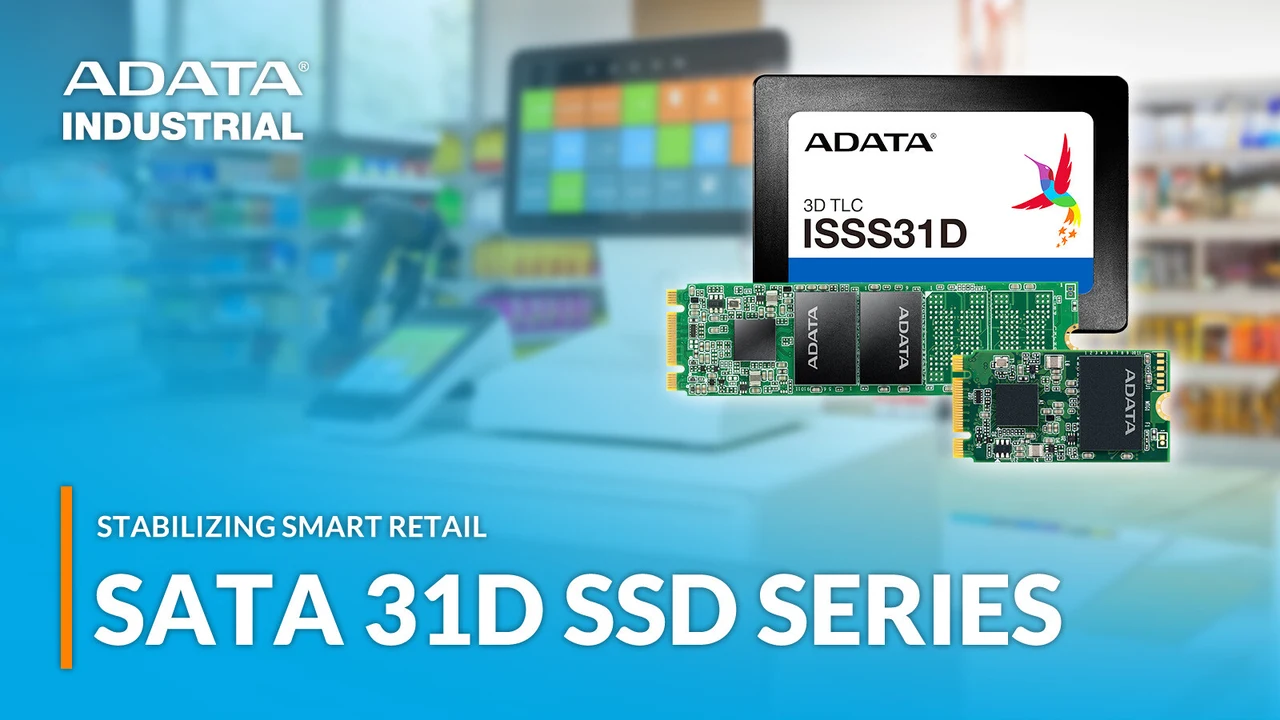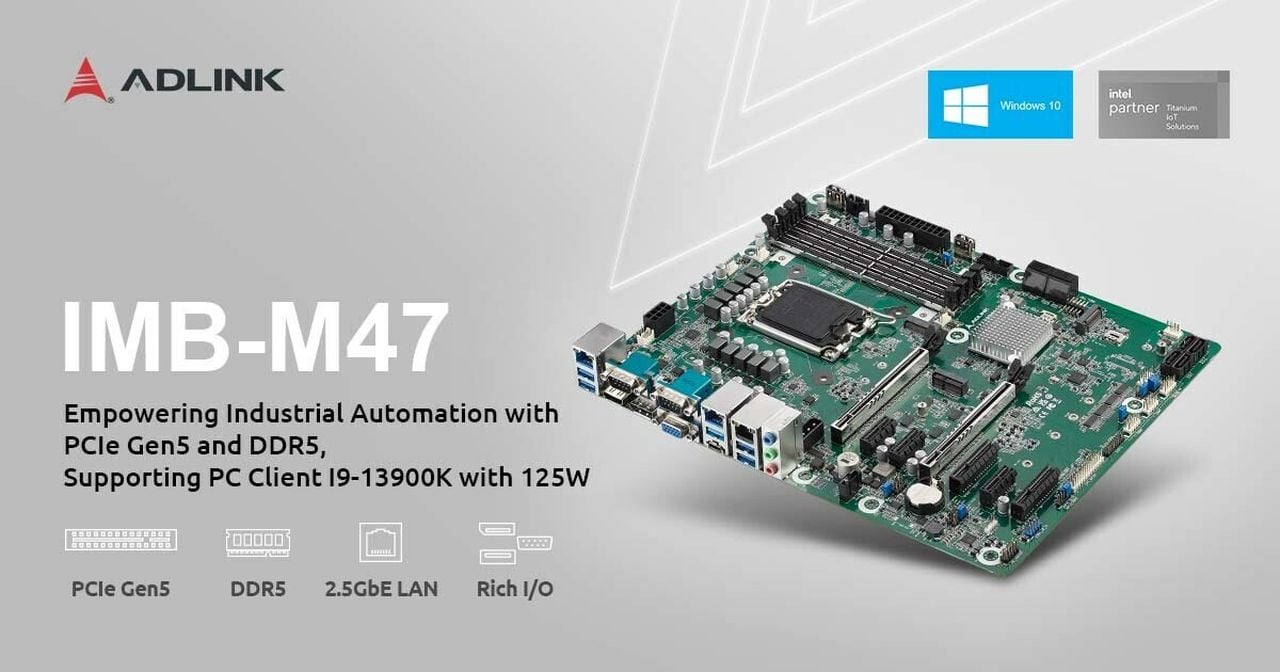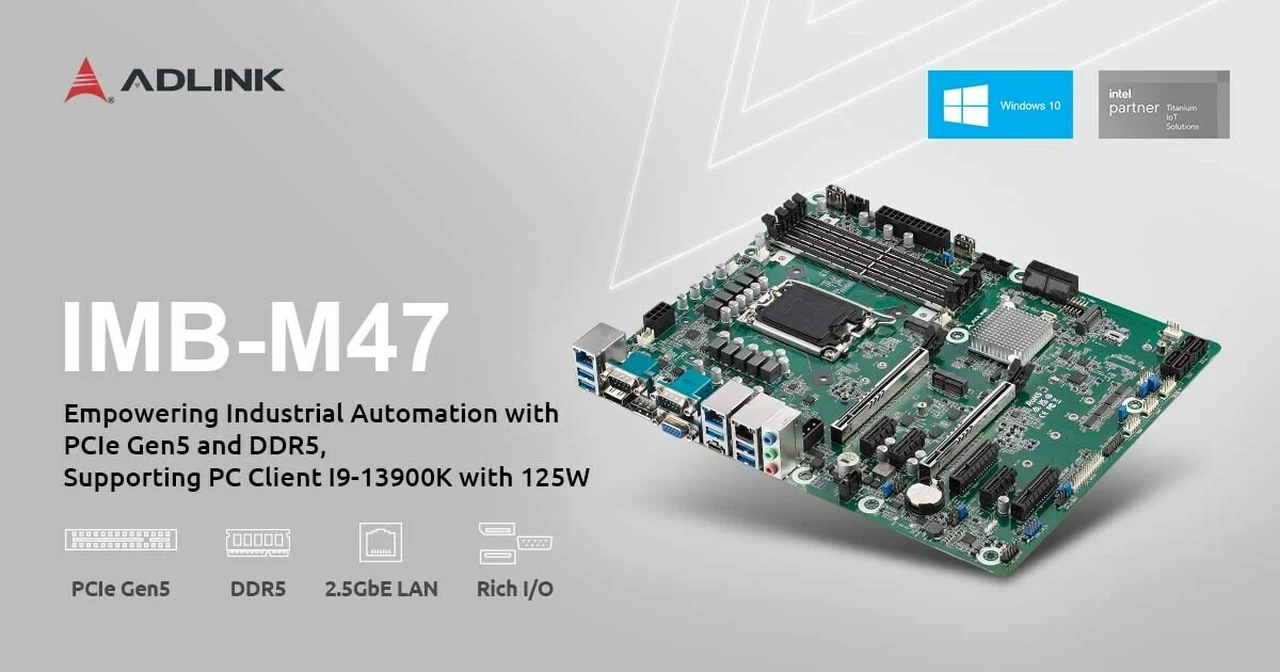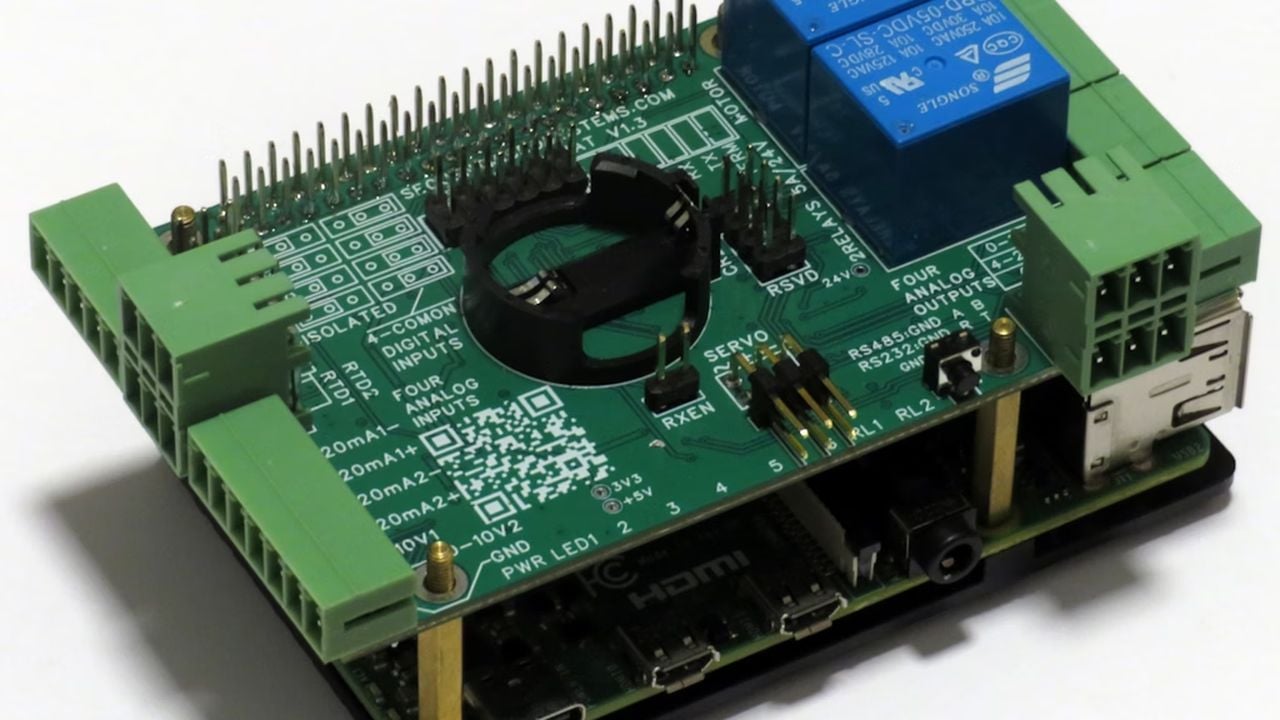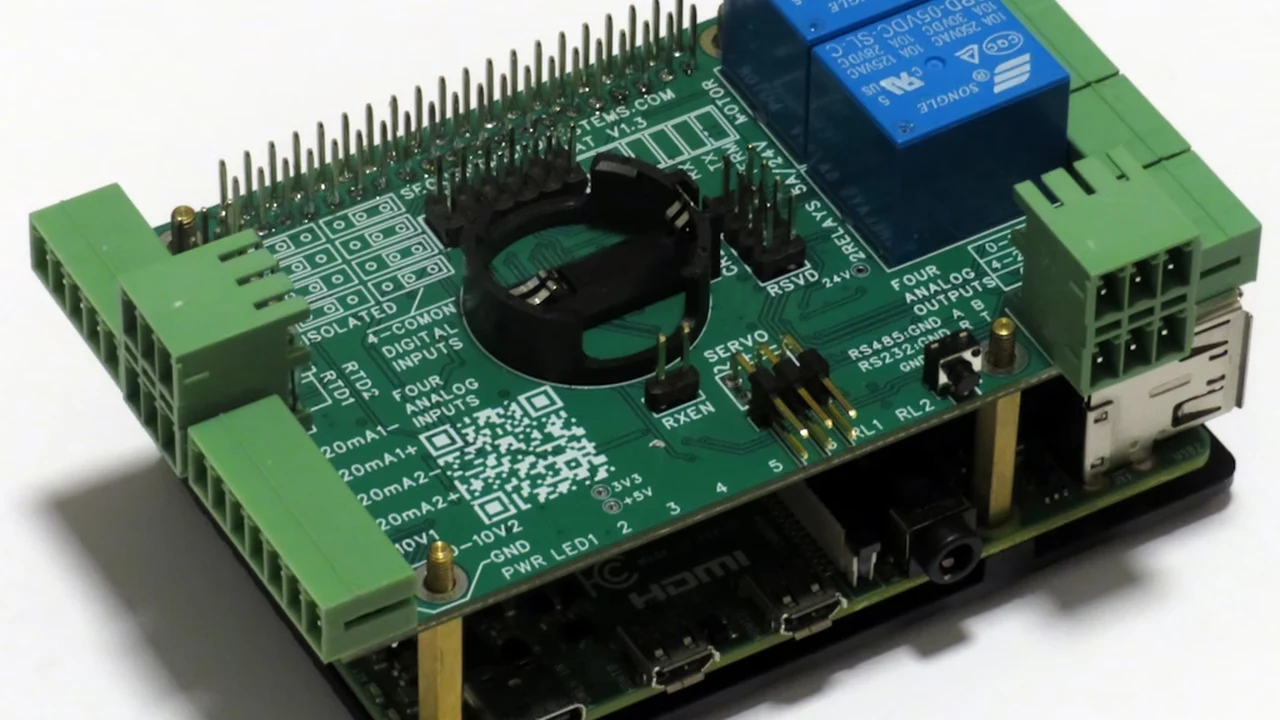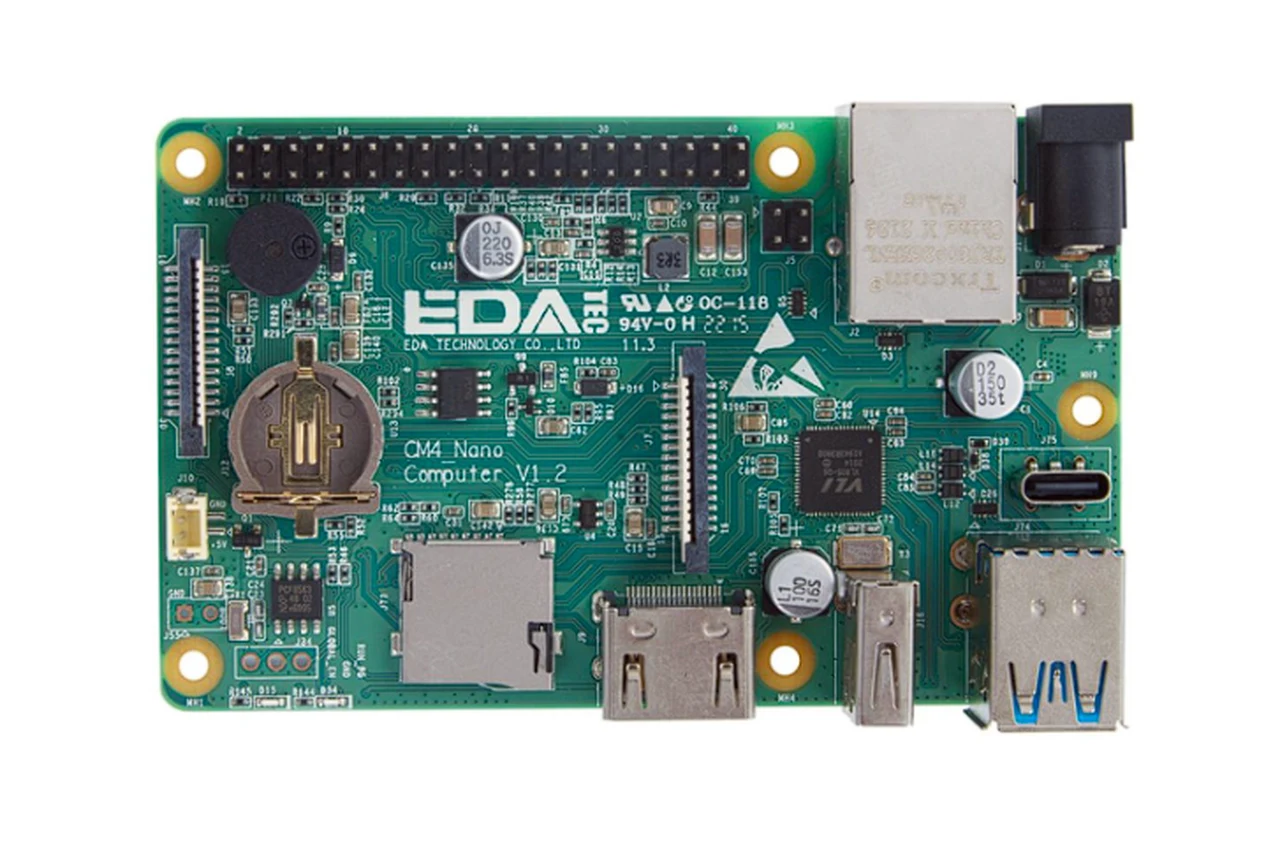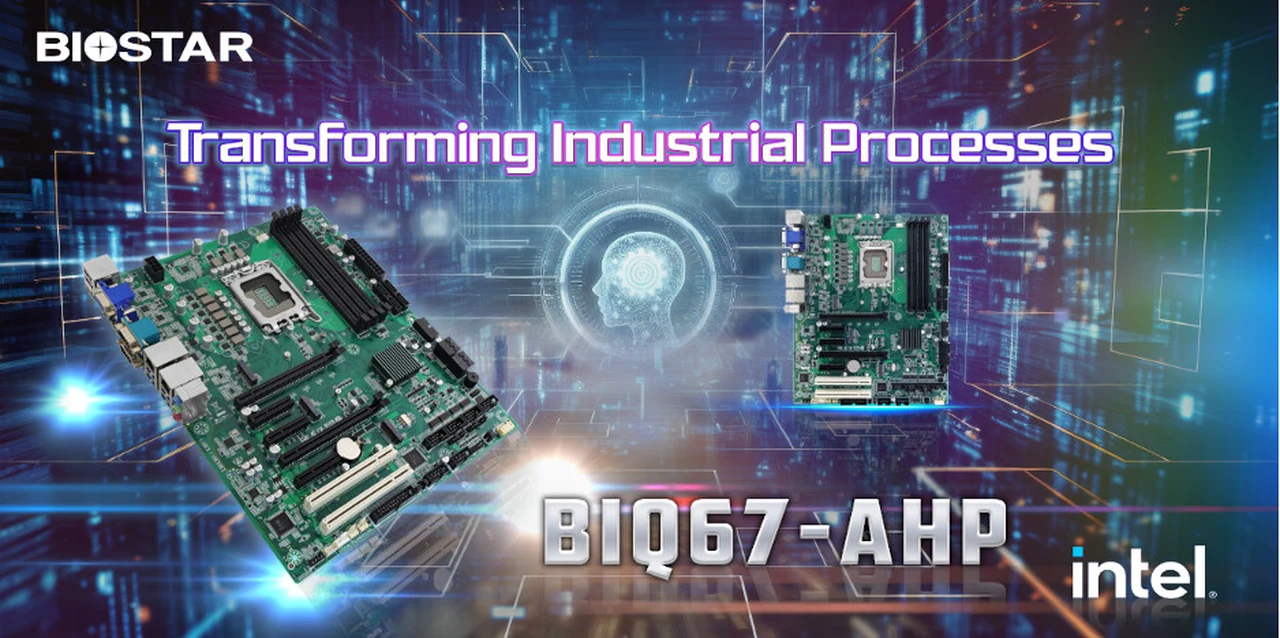
BIOSTAR manufacturer of motherboards, graphics cards, and storage devices, has recently unveiled the BIQ67-AHP, an industrial motherboard designed to accommodate the needs of both industrial and business applications. The BIQ67-AHP industrial motherboard is a robust and efficient solution that streamlines complex processes and operations, acting as a linchpin in managing and facilitating system integration.
One of the most notable features of the BIQ67-AHP is its compatibility with the Intel Core i7/i5/i3 processor (LGA1700). This compatibility is further enhanced by the integration of the Intel Q670 chipset and a Thermal Design Power (TDP) of 125 W. This combination ensures a high-performance computing platform that can handle demanding industrial and business applications.
Intel industrial motherboard
Memory capacity is a critical factor in the performance of any computing system. The BIQ67-AHP industrial motherboard stands out with its high-capacity memory support, featuring four DDR4 3200 MHz LONG-DIMM slots. This feature enhances data reliability and system stability, providing a robust platform for demanding applications.
The BIQ67-AHP is designed to meet the diverse needs of various sectors. It is an ideal solution for System Integration (SI) businesses, AIOT machines, Automation machines, Edge Computing devices, Human-Machine Interface (HMI) systems, and Digital Signage enthusiasts. Its versatile design and robust performance make it a reliable choice for a broad range of audiences.
BIOSTAR BIQ67-AHP
Display output options are abundant on the BIQ67-AHP. It supports multiple display outputs, including VGA, 2x HDMI 2.0, and one DP++. This variety of output options ensures that the motherboard can handle a wide range of display requirements, making it adaptable to various industrial and business applications.
Specifications :
- Support Intel Core i7/i5/i3 processor (LGA1700) with Intel Q670 chipset, TDP: 125W
- Support display output : VGA/2xHDMI 2.0/DP++
- 4 x DDR4 3200 MHz LONG-DIMM, Support ECC Function
- 1 x Intel I226-V GbE LAN, 1 x Intel I226-LM GbE LAN
- 4 x USB2.0 & 8 x USB3.2
- 4 x RS232, 2 x RS232/422/485
- 8 x SATAIII
- 1x M.2 M KEY socket, support PCIe Gen4 x4 for storage
- 1x M.2 B KEY socket, support PCIe x1 and USB for 5G
- 1x M.2 E KEY socket, support PCIe x1 and USB for WIFI/BT
- 2 x PCIEx16 slot
- 3 x PCIEx4 slot
- 2 x PCI slot
- Support 0 ~ 60 degree C operating temperature
- Power Supply: ATX power input
In terms of connectivity, the BIQ67-AHP industrial motherboard is outfitted with a wide range of ports and slots. It features an array of USB ports, RS232 and RS232/422/485 ports for serial communications, and 8x SATA III ports. Additionally, it includes specialized M.2 sockets for PCIe Gen 4 x4, 5G, and WIFI/BT connectivity. The motherboard also comes with 2x PCIE x16 slots, 3x PCIE x4 slots, and 2x PCI slots, providing ample expansion capabilities.
The BIQ67-AHP is designed to operate in a wide temperature range of 0 to 60 degrees Celsius, making it suitable for various industrial environments. It is powered by an ATX power input, ensuring reliable and steady power supply for all its operations.
The BIQ67-AHP industrial motherboard by BIOSTAR is a testament to the company’s commitment to innovation and excellence in industrial computing. It sets new standards for system integration and industrial performance, providing a robust and efficient solution for managing and streamlining complex processes and operations. It is a versatile and reliable choice that meets the diverse needs of various sectors, from System Integration businesses to AIOT machines and Digital Signage enthusiasts.
Filed Under: Hardware, Top News
Latest timeswonderful Deals
Disclosure: Some of our articles include affiliate links. If you buy something through one of these links, timeswonderful may earn an affiliate commission. Learn about our Disclosure Policy.

